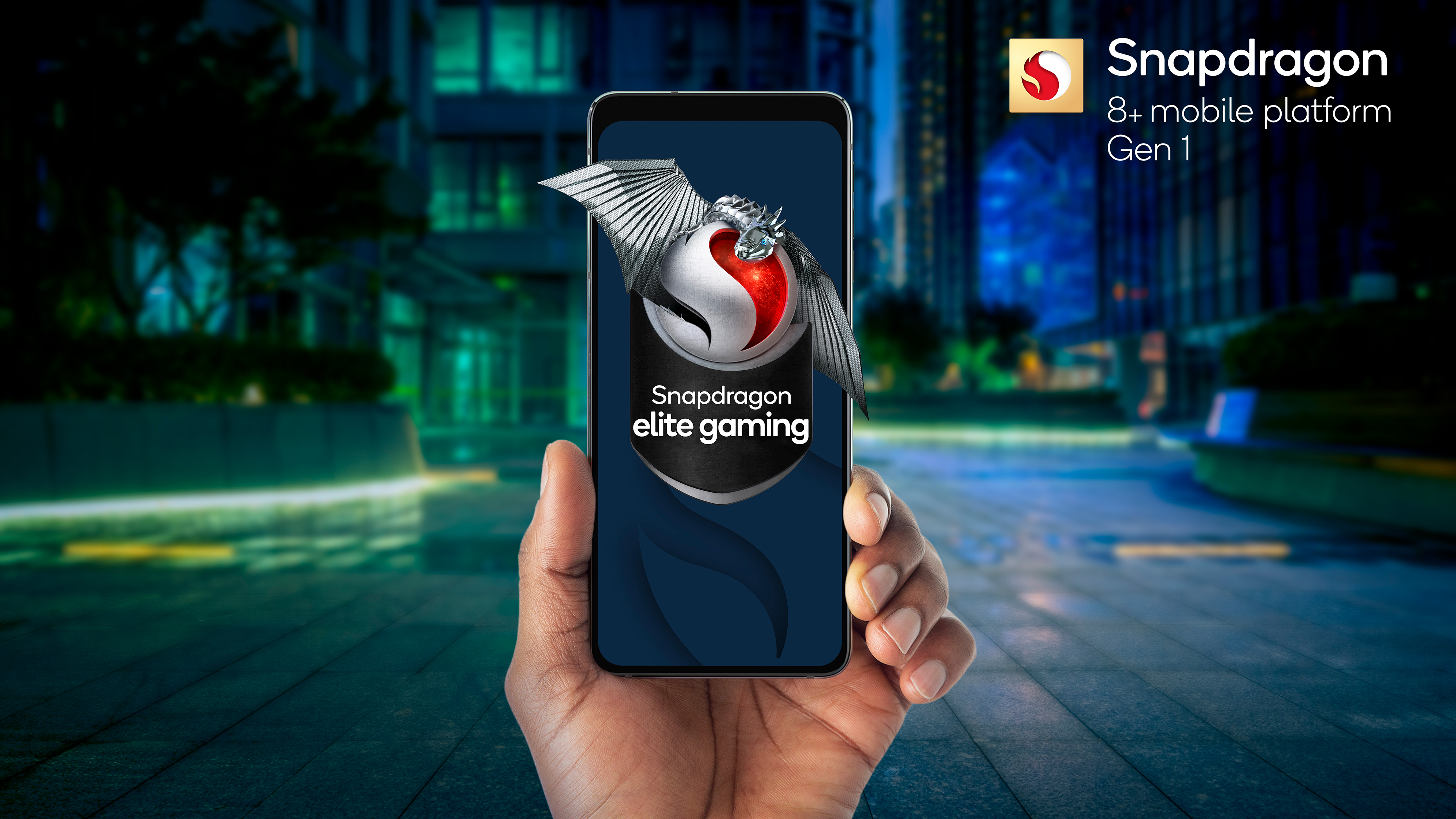Even if the iPhone 14 is the most powerful phone ever, that's not enough
As the Qualcomm 8+ Gen 1 proves

I must confess, I didn't quite 'get' the Snapdragon 8+ Gen 1 as soon as I heard about it. It's a new, super-powerful chipset from Qualcomm that'll come to Android phones toward the end of 2022, and a small step up over the 8 Gen 1 already seen in the OnePlus 10 Pro, Xiaomi 12, and members of the Samsung Galaxy S22 family that launched in the US.
The flagship features include 10% faster CPU performance, 10% faster GPU clock speeds and 20% better AI power efficiency - and if your eyes glazed over when you started reading that, we don't blame you. It's not exactly a sexy new smartphone component, and it's very much the definition of 'an incremental upgrade'.
But that doesn't even matter - tech fans know that Apple's Bionic chips are always much faster than Qualcomm's Snapdragon rivals, and as a die-hard Android fan, even I'll admit that the iPhone 14 will probably have any of its Android contemporaries beat in terms of sheer power.
But as I read more into the specs of the Snapdragon 8+ Gen 1, it reminded me that although it might not lead to more powerful phones than the iPhone 14, that's not all that's important.

The loaded chips
Chipsets are largely important for the processing power of a smartphone, letting you play games or edit videos without lags or stutters, but that's not all they do.
For example, let's look at the Snapdragon 8+ Gen 1's camera support. The chip supports capture on a 108MP camera with no shutter lag, or three 36MP snappers simultaneously with the same lack of delay. Alternatively, you can record 8K HDR video, or 10-bit photos and videos, or make the most of plenty of specific tools like noise reduction and AI face detection.
Another example is in the display - the chip supports a QHD+ resolution and 144Hz refresh rate simultaneously, a combination that would toast a lesser chip.
Get daily insight, inspiration and deals in your inbox
Sign up for breaking news, reviews, opinion, top tech deals, and more.
So, even if the Snapdragon 8+ Gen 1 isn't technically as powerful as Apple's next chip, it has the features to make up for it.

The iPhone 14 problem
I will be very surprised if the iPhone 14 has a 108MP camera, or QHD+ 144Hz screen - Apple doesn't often pick flashy specs like those. In fact, some rumors suggest it's not actually getting a new chipset at all this year (though the iPhone 14 Pro and Pro Max apparently will).
Even if it or its Pro sibling are the most powerful phones on the market, that's not enough, because processing power isn't everything. In fact, power isn't all that important.
You'd think you'd need lots of power to play top-end games, but they play so well on a mid-range phone that you don't need a powerful one to enjoy Call of Duty Mobile or PUBG New State. In fact, for some of these games, I'd even recommend a mid-power phone - they don't overheat as quickly.
Phones simply don't need to be too powerful. So, the bundles of processing strength that iPhones have largely gone to waste.
You know what wouldn't go to waste? A QHD+ 144Hz screen - that'd look great, and actually would provide a demonstrable change for gaming. The ability to take 108MP pictures without your phone stuttering would also be lovely, so you can take lots of high-res snaps in quick succession that you edit afterward.
Even if the iPhone 14 has the most powerful processor in the whole wide world, that's not enough, because, without useful features and flashy specs, it still won't compete with the best Android mobiles that come out at the same time.

Tom Bedford joined TechRadar in early 2019 as a staff writer, and left the team as deputy phones editor in late 2022 to work for entertainment site (and TR sister-site) What To Watch. He continues to contribute on a freelance basis for several sections including phones, audio and fitness.